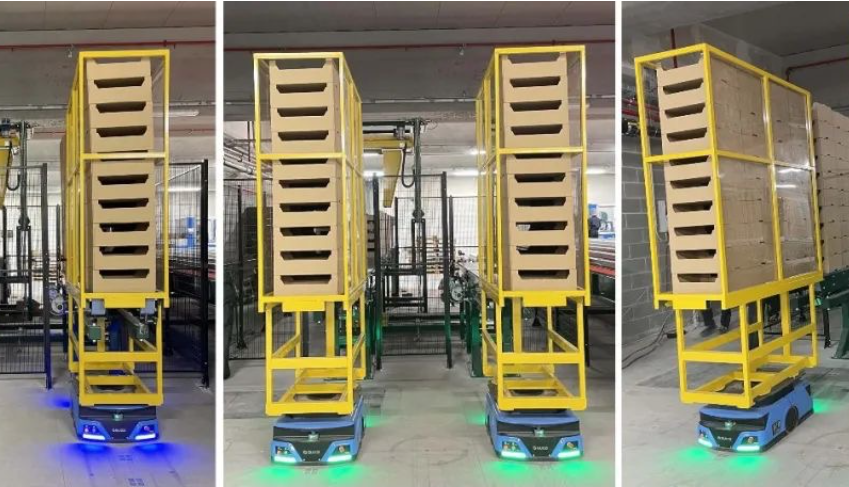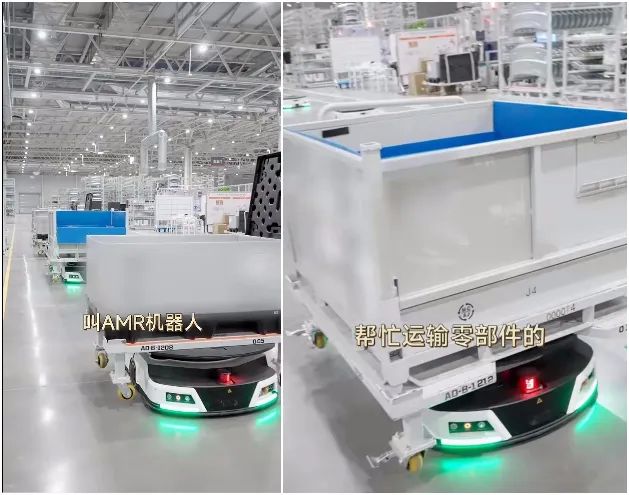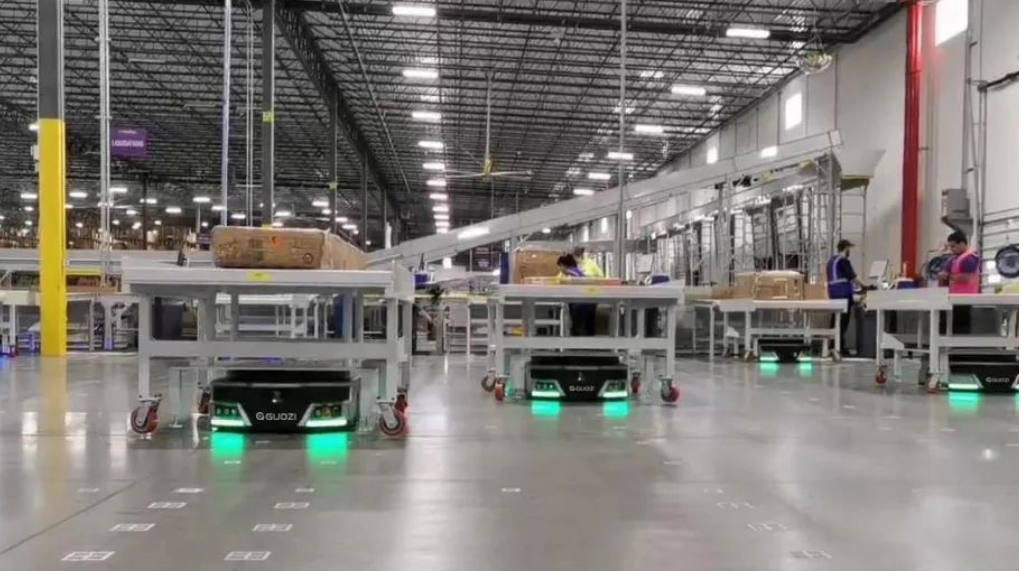With the rapid advancement of technology, artificial intelligence, and robotics are gradually permeating various industries. In the logistics sector, the Tote Picking Robot (hereinafter referred to as the Tote robot) is emerging as a focal point of interest. This article will delve into the technical principles, application scenarios, advantages, and development trends of Tote robots, uncovering the mysteries of this future star in the logistics industry.
Technical Principles of Tote Robots
Tote robots are automated handling devices based on visual recognition, deep learning, and artificial intelligence technologies. Their main components include:
1. Visual Recognition System: Captures images of products on shelves using cameras to identify and locate items.
2. Deep Learning Algorithms: Process the images collected by the visual recognition system, extract product features, and achieve high-precision identification.
3. Robot Body: Based on the information provided by the visual recognition system, the robot arm is driven to complete actions such as grasping and moving products.
4. Navigation System: Utilizes technologies like LiDAR and inertial navigation to enable autonomous navigation and obstacle avoidance within warehouses.
Application Scenarios of Tote Robots
1. E-commerce Warehousing: In e-commerce warehouses, Tote robots can automatically identify products and handle the transfer from shelves to packing stations, improving warehouse efficiency.
2. Manufacturing: Tote robots can be used for material handling in production lines, reducing labor costs and increasing production efficiency.
3. Pharmaceutical Industry: In pharmaceutical warehouses, Tote robots can assist staff in handling and sorting medications, reducing human errors.
4. Retail: Tote robots can be employed for product handling in supermarkets, reducing employee workload, and enhancing the shopping experience.
Advantages of Tote Robots
1. Efficiency: Compared to manual handling, Tote robots operate more efficiently and can work 24/7 without interruption.
2. Accuracy: With deep learning algorithms, Tote robots achieve high-precision identification and positioning, reducing the error rate in handling.
3. Flexibility: Tote robots can be programmed to adapt to different handling tasks based on actual requirements.
4. Safety: Using autonomous navigation technology, Tote robots avoid collisions with obstacles during handling, ensuring safe operation.
5. Cost Savings: In the long term, Tote robots can help businesses reduce costs in labor, management, and other areas.
Development Trends of Tote Robots
1. Technological Upgrade: With continuous advancements in artificial intelligence and visual recognition, the performance of Tote robots will further improve.
2. Application Expansion: Tote robots will be applied in more industries and scenarios, aiding businesses in their transition to intelligence and automation.
3. Cross-Industry Integration: Tote robots will combine with emerging technologies such as big data and cloud computing to bring more innovative applications to the logistics industry.
4. Cost Reduction: As technology matures and production scales up, the manufacturing cost of Tote robots will gradually decrease, leading to wider market adoption.
The Tote Picking Robot, as the future star of the logistics industry, is revolutionizing traditional logistics models with its efficiency, accuracy, and flexibility. Driven by artificial intelligence and robotics, Tote robots are poised to play a significant role in various fields, injecting new vitality into the development of the logistics industry.








